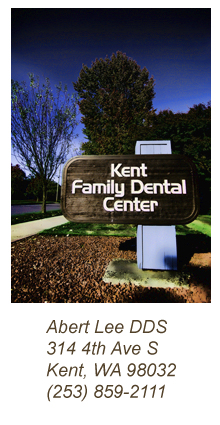Periodontal Disease & Scaling and Root Planing
Periodontal Disease (aka gum disease)
The word periodontal means “around the tooth”. Periodontal disease attacks the gums and the bone that support the teeth. Plaque is a cream colored material composed of sugar, bacteria, and saliva. If plaque is not removed in a timely fashion, the saliva in our mouth will harden the plaque and turns it into calculus (or tartar). Plaque and calculus over time will cause an infection and destroy the gums and bone. Periodontal disease is the number one reason for tooth loss and some common signs and symptoms include:
-
Bleeding gums
-
Loose teeth
-
New spacing between teeth
-
Persistent bad breath
-
Pus around the teeth and gums
-
Receding gums
-
Red and puffy gums
-
Tenderness or Discomfort
[kml_flashembed publishmethod=”static” fversion=”8.0.0″ movie=”http://www.curveed.com/videos/perio.swf” width=”400″ height=”300″ targetclass=”flashmovie” play=”false” loop=”false” quality=”best”]
[/kml_flashembed]
Regular Cleaning vs Scaling and Root Planing vs Gum Surgery
Periodontal treatment methods depend upon the type and severity of the disease. At early stages of gingivitis and no damage has been done, one to two regular cleaning may be all is needed.
At more advanced stages, where they are loss of the support structures around the teeth, scaling and root planing (deep cleaning) will be recommended. It is usually done one side at a time while the area is numb. When the bacteria is removed, the gum tissue can heal and in most instances, the signs and symptoms can begin to improve.
In some cases when scaling and root planing is not enough to remove the infection and periodontal surgery may be needed to remove the reminder of the bacteria and to make the teeth and gum easier to clean.

